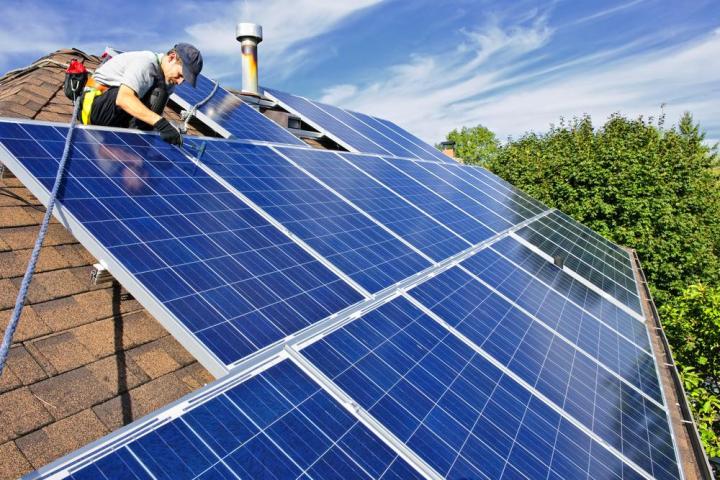
Instead of merely folding paper, kirigami relies on precision cuts to create the art form’s movable, geometric shapes. The Michigan team worked with Matthew Shilan, a paper artist and lecturer in the U-M School of Art and Design. Shilan showed Associate Professor Max Shtein and doctoral student Aaron Lamoureux how to create both simple and complex kirigami designs using paper. Shtein and Lamoureux then re-created these designs using Kapton, a space grade plastic. Combining engineering with art, the team discovered a simple row pattern of cuts created a mesh-like matrix that would tilt in response to stretching.
To test their design, the team constructed a solar array comprised of Kapton and custom-built solar cells. The cells were attached to the Kapton with spacing to allow the team to make the kirigami-like cuts using a carbon-dioxide laser. The prototype showed promise but the design needed to be tested on a scale far too large for the team to build using the resources on campus. Though not tested physically, simulations suggest the team’s movable solar panels could collect up to 36 percent more light than traditional stationary cells. These lightweight kirigami panels compare favorably to motorized solar panels, which harvest up to 40 percent more light but are 10 times more heavy and significantly more bulky than a stationary panel.
Researchers believe the kirigami solar panels have “significant potential,” but they need to refine the design so it can be built on a smaller scale. The team is continuing to explore realistic applications of the technology with the goal of using it someday to reduce the cost of solar electricity.



